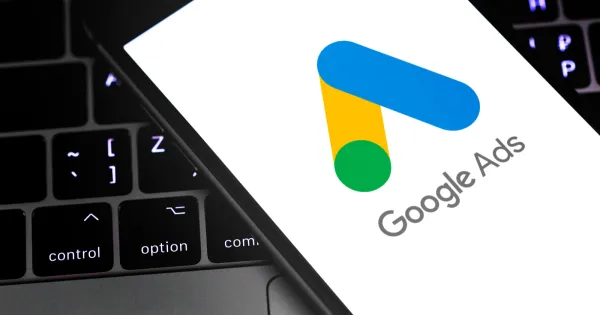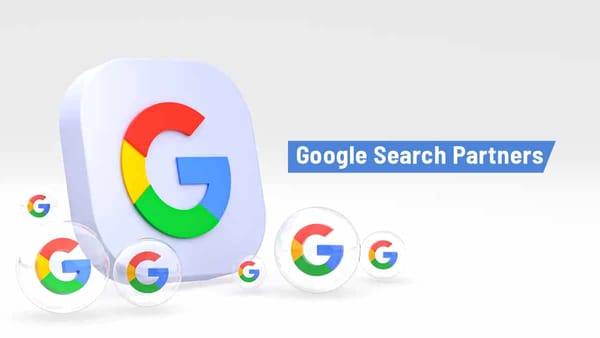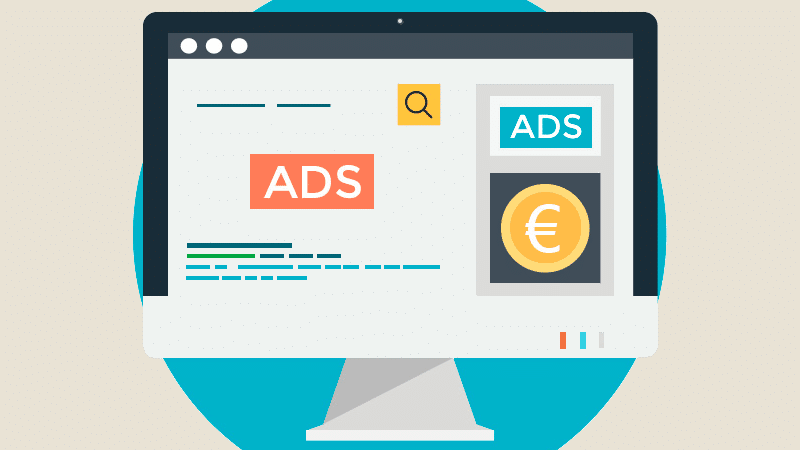Understanding How Facebook Ads Charge

Introduction
Facebook Ads are one of the most powerful advertising tools for businesses today, allowing them to target users with precision and reach vast audiences across Facebook, Instagram, Messenger, and the Audience Network. However, if you’re new to Facebook Ads, understanding how you’re charged can be a bit tricky. In this article, we’ll break down Facebook's charging system, helping you understand how the platform charges for your ads and how to manage your ad spend effectively.
Understanding Facebook Ads Billing System
Facebook Ads work on a flexible billing system that charges advertisers based on a few different criteria, including the type of ad campaign, its reach, and the way users interact with it. Here’s a closer look at the various factors influencing Facebook’s ad charges:
1. Pay-per-click (PPC) Model
One of the most common methods Facebook uses to charge advertisers is the pay-per-click model. As the name suggests, you only pay when someone clicks on your ad. This system is primarily used in campaigns where the goal is to generate traffic or conversions on your website. The amount you pay per click depends on the bidding strategy you select and how competitive your chosen audience and keywords are.
2. Pay-per-impression (CPM)
In addition to the pay-per-click model, Facebook Ads also offer the pay-per-impression system, commonly referred to as Cost Per Thousand Impressions (CPM). With CPM, you’re charged based on how many people see your ad, regardless of whether or not they click on it. The cost is calculated per 1,000 impressions, and it’s ideal for businesses looking to increase brand awareness and visibility rather than immediate clicks.
3. Cost-per-action (CPA)
Cost-per-action (CPA) refers to the amount you pay when a user takes a specific action after viewing your ad. This action can vary depending on the campaign objective you set, such as making a purchase, filling out a form, signing up for a newsletter, or downloading an app. CPA is ideal for businesses that want to drive conversions and can afford to pay more for specific, measurable actions.
Bidding Strategies on Facebook Ads
Facebook allows you to choose from different bidding strategies to control how your ads are charged. These strategies help you balance cost-efficiency with the outcomes you’re aiming for. The following are the most common bidding strategies:
1. Automatic Bidding
When using automatic bidding, Facebook automatically sets your bid to help you get the most results within your budget. Facebook’s algorithm adjusts the bid based on competition, audience behavior, and your ad’s performance. This option is ideal for beginners or advertisers who want a simple and hands-off approach.
2. Manual Bidding
With manual bidding, you set the maximum amount you’re willing to pay for a click, impression, or action. This option provides more control over your ad spend but requires more experience and careful monitoring to avoid overspending. If you’re targeting highly competitive keywords or audiences, manual bidding might be more effective in getting your ads shown.
Facebook Ads Billing Cycle and Payment Methods
Understanding when and how you’re charged for your Facebook Ads is crucial for effective budget management. Facebook’s billing cycle and payment methods are designed to provide flexibility and ease for advertisers.
1. Billing Cycle
Facebook Ads typically run on a rolling billing cycle, meaning charges are accumulated based on your ad activity, such as the number of clicks or impressions. You can choose between daily or lifetime budgets:
- Daily Budget: You set a daily spending limit, and Facebook will try to ensure that your ads don’t exceed that amount each day.
- Lifetime Budget: This allows you to set a total budget for the entire duration of the campaign, and Facebook will allocate it based on the campaign schedule.
Billing is usually done once your account reaches a minimum threshold, which can vary based on your payment history and country.
2. Payment Methods
Facebook accepts a range of payment methods, including credit cards, debit cards, PayPal, and direct debit (depending on your location). You can set up your preferred payment method in the Payment Settings section of your Facebook Ads account. Make sure your payment method is valid to avoid interruptions in your ad campaigns.
Managing Your Facebook Ads Spend
It’s essential to keep track of your spending and ensure that you’re getting the most out of your advertising budget. Here are some key tips for managing your Facebook Ads spend effectively:
1. Set Clear Campaign Objectives
Start by defining clear objectives for your campaigns. Whether your goal is brand awareness, lead generation, or sales, your objectives will guide your bidding strategy and budgeting decisions. The more specific your goals, the easier it will be to manage your budget.
2. Monitor Performance and Adjust Accordingly
Regularly monitor your Facebook Ads’ performance using Facebook’s Ads Manager. Keep an eye on key metrics such as click-through rate (CTR), cost-per-click (CPC), conversion rate, and return on ad spend (ROAS). If your ad is underperforming, don’t be afraid to adjust your targeting, bid, or creative to optimize your results.
3. Utilize Ad Scheduling
Facebook allows you to schedule your ads to run at specific times. If you know your target audience is most active at certain hours or days, you can schedule your ads accordingly to make the most of your budget. This way, you’re not wasting money by running ads when your audience isn’t likely to be online.
Conclusion
Understanding how Facebook Ads charge is essential for managing your ad spend and achieving the best possible results. With flexible billing options, various bidding strategies, and tools to track and optimize performance, Facebook Ads offer businesses a robust platform for reaching their target audience. By setting clear goals, using the right bidding strategies, and regularly monitoring your campaigns, you can maximize your advertising budget and drive meaningful outcomes for your business.




